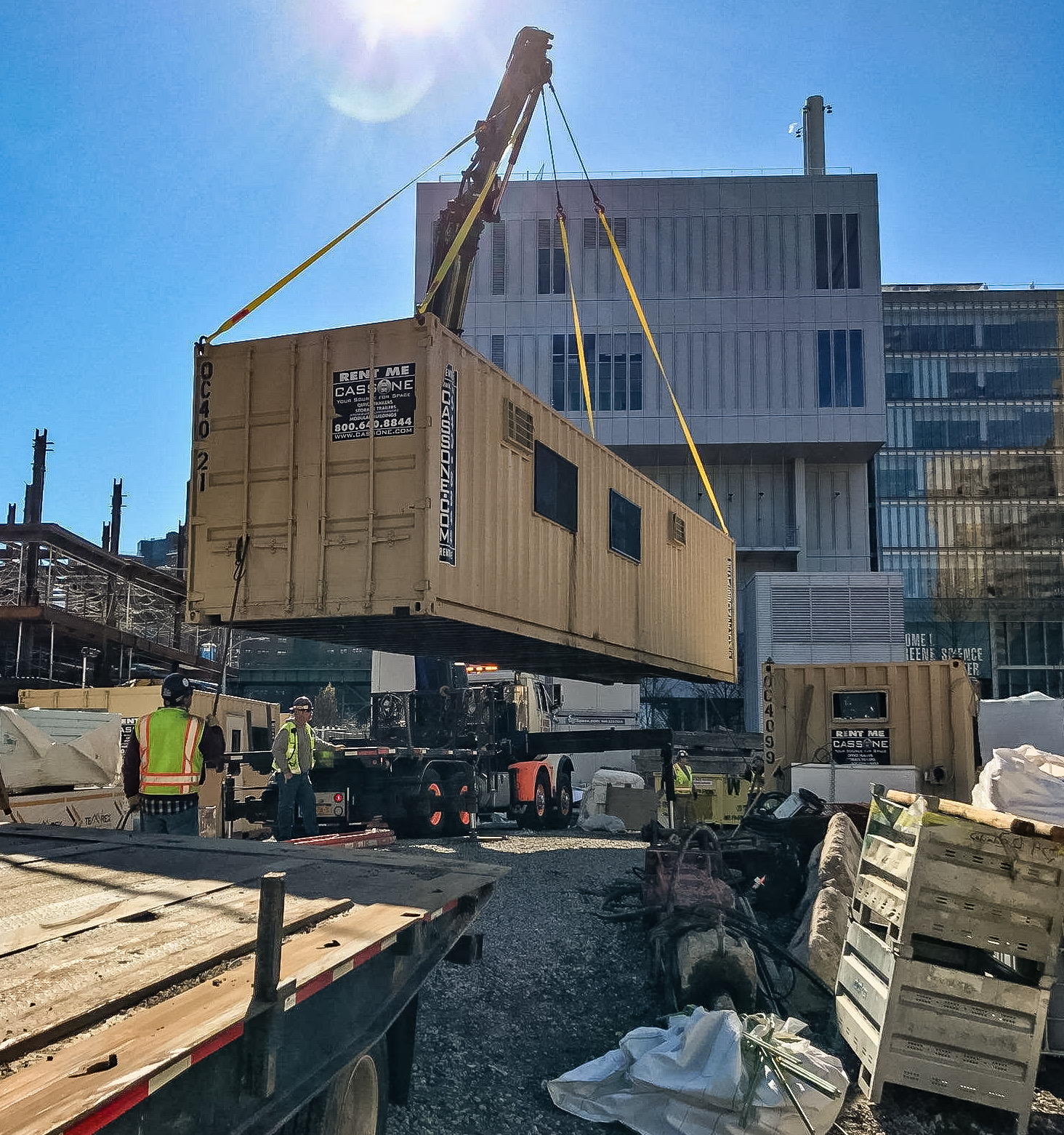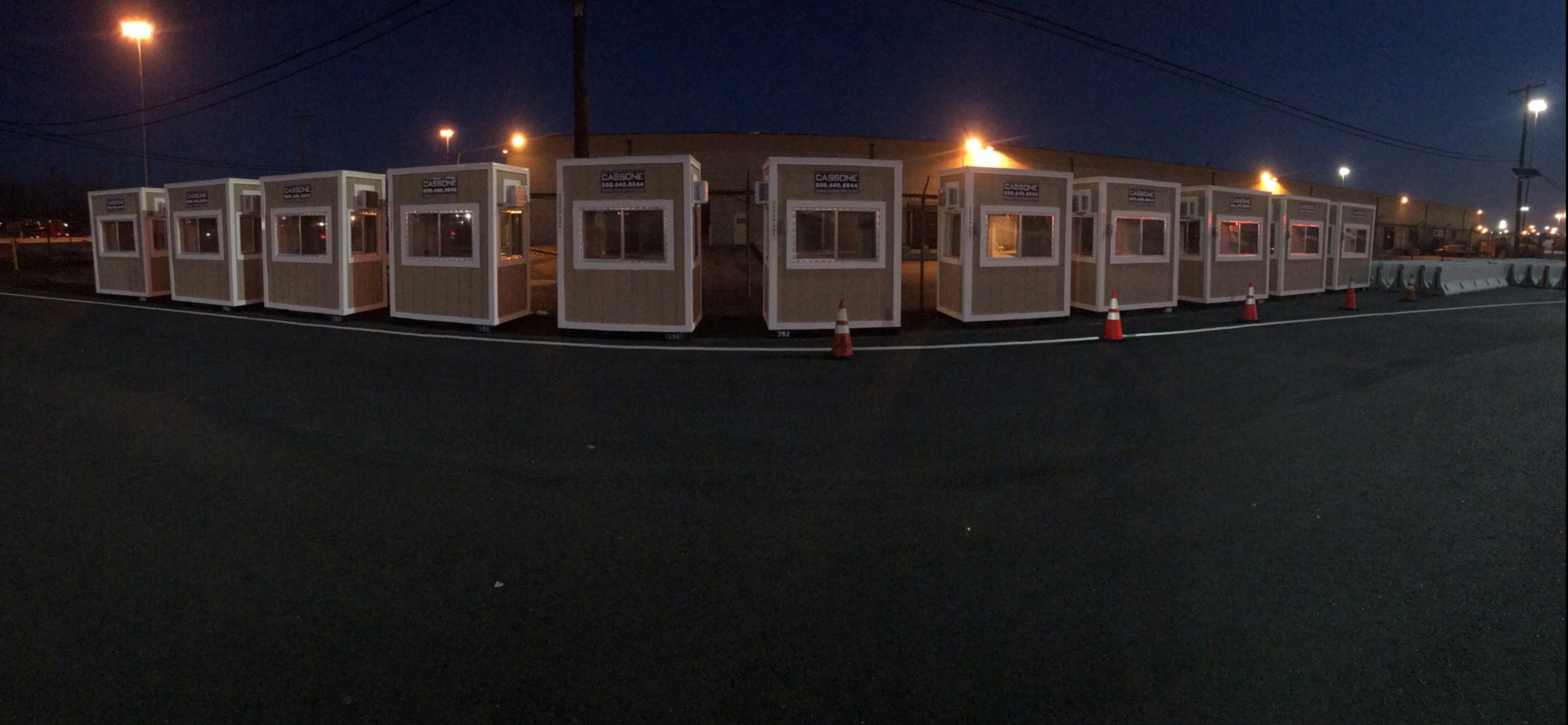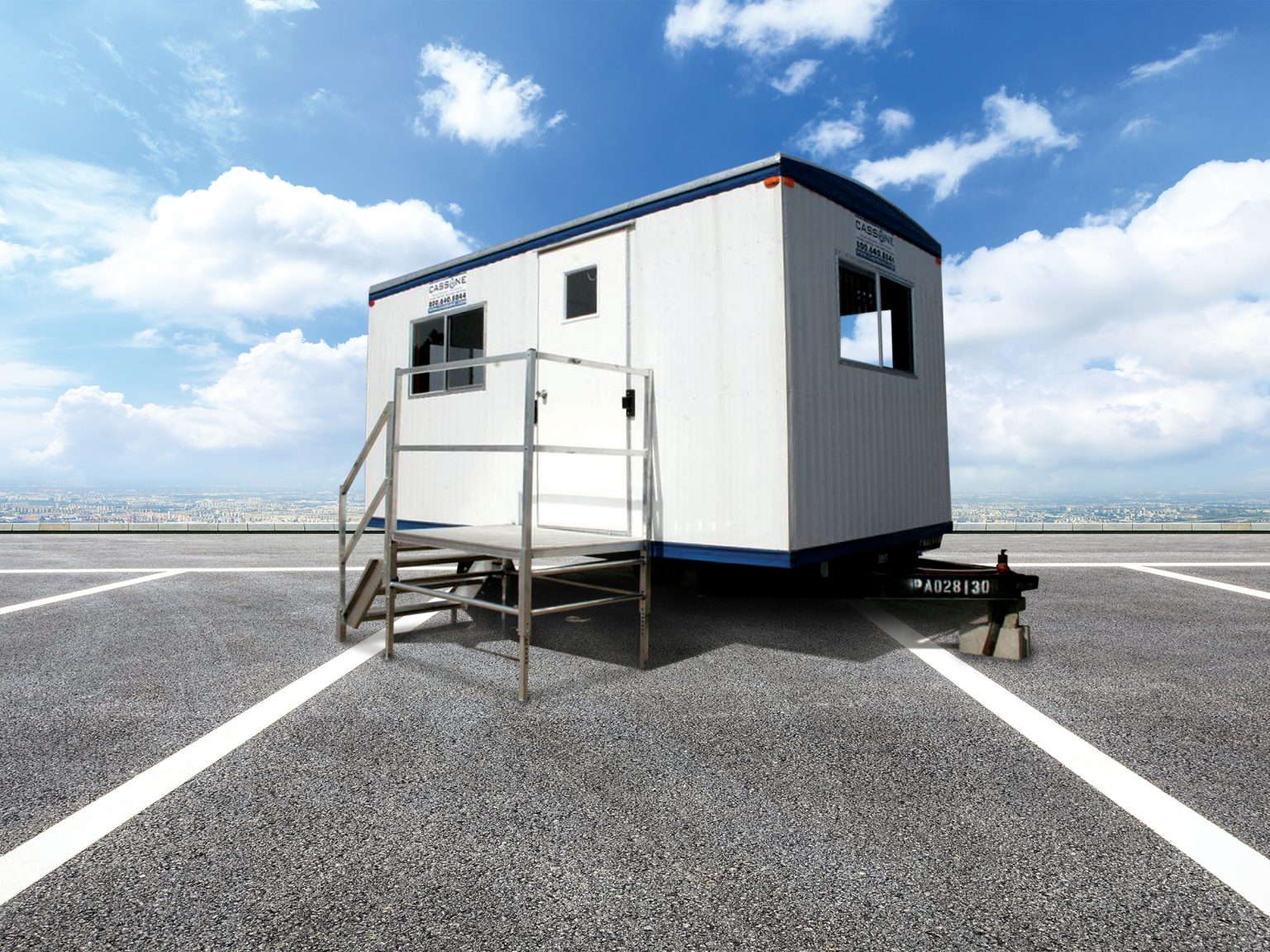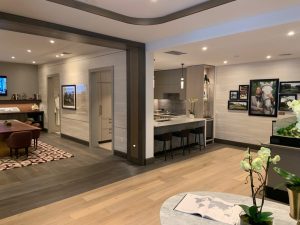Modular Vs. Traditional Construction – Which is Better?
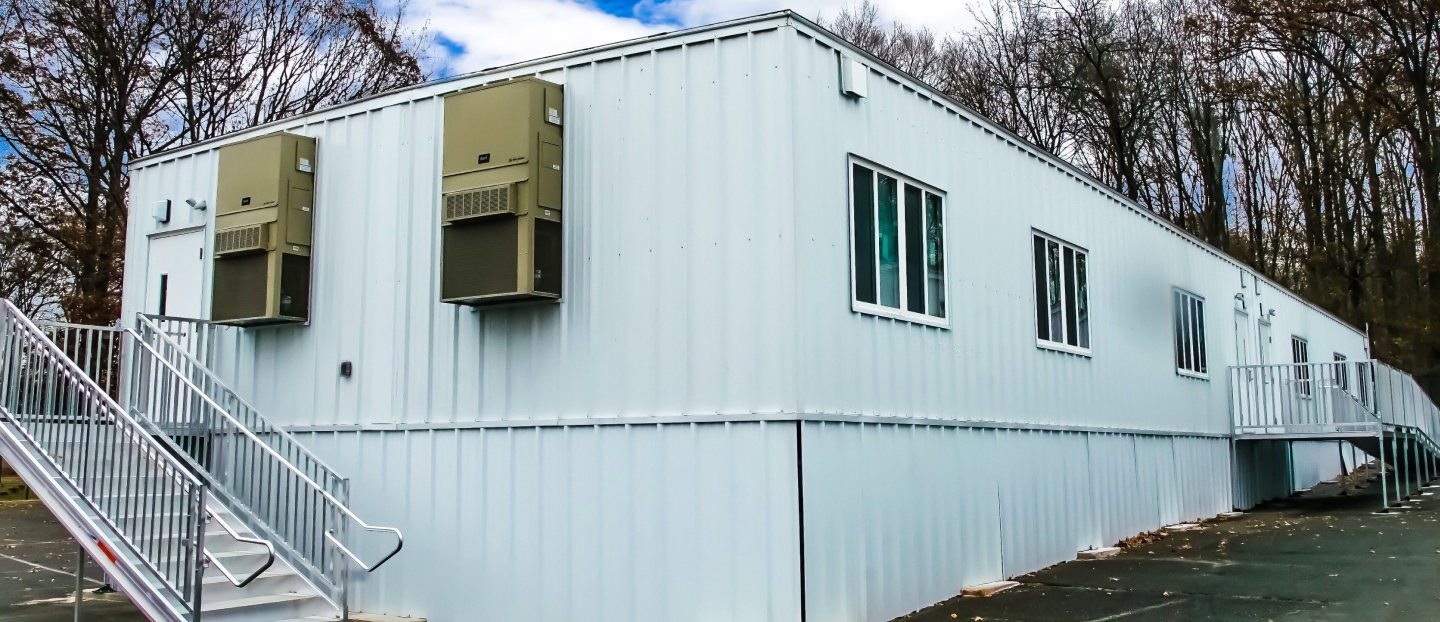
Depending on who you ask, you’ll come across different conclusions surrounding the modular vs. traditional construction comparison. While it’s true that modular construction cannot accomplish all that you may expect from traditional construction, it’s also true that the former offers several advantages over the latter in various scenarios.
Here, you may look at different elements of the modular construction vs. traditional construction comparison, which include construction methods, cost, speed, safety, sustainability, scalability, and building code compliance. You may also benefit by knowing just what modular construction is and looking at the current state of the modular construction market.
What is Modular Construction?
Unlike traditional construction where much of the work takes place onsite, the construction of modular buildings takes place offsite to a large extent. Modular construction companies prefabricate modules based on different specifications in factories, that are then assembled onsite by a team of trained construction workers.
Modular buildings come in two basic forms – permanent and temporary. Permanent modular structures may remain at any given location for as long as required, and it’s often difficult to distinguish these structures from conventional buildings. Temporary modular buildings, on the other hand, are typically easier to disassemble and reassemble at different locations.
It is possible to get modular structures designed to meet specific needs, and they come in varying shapes, sizes, and styles. For example, it’s possible to get modular hospitals, clinics, schools, classrooms, restaurants, offices, restrooms, and even places of worship.
Where the Modular Construction Market Stands
According to a report released by MarketsandMarkets Research, the value of the global modular construction market stood at $91 billion in 2022, and estimates suggest that it will be worth $120.4 billion by 2027. That’s at a compound annual growth rate of 5.7% over the course of five years. The key drivers, the report suggests, include improved safety for workers and greener (more sustainable) construction. The healthcare sector appears to be the fastest adopter of this modern construction method.
A Straits Research report, on the other hand, pegged the value of the global modular construction market at $137.8 billion in 2021, and expects it to rise to $271 billion by 2030. This prediction comes with a CAGR of 8%.
No matter which of the two reports you go by, it’s plain to see that there’s no slowing down in the modular construction market anytime in the near future, and this is mainly because of the benefits it has to offer when compared to traditional construction methods.
The Modular Vs. Traditional Construction Comparison
Modular construction is not new. While history suggests that it dates back to the 1600s, it gathered steam only after the Second World War. Now, many in the construction industry view it as a novel and effective method that offers multiple benefits over traditional forms of construction. While there are advantages, a few probable limitations still exist.
Construction Speed
Time plays a crucial role in almost every sector, and the construction industry is no different. Traditional construction tends to take a linear approach, where one process follows another, and carrying out varied tasks simultaneously is typically not an option. Traditional construction faces the risk of delays because of uncontrollable factors such as labor shortages or inclement weather conditions.
A major portion of modular construction takes place in highly-controlled factory settings, so you don’t have to worry about weather-related delays. While the construction of a modular building takes place offsite, the company you select works on laying down the foundation at the site around the same time. In addition, modular construction companies have full-time employees on their payroll who work through the year, which ensures that there is no shortage of labor.
A McKinsey report indicates that modular construction can speed up construction times by 20% to 50%. What’s important to note is that speed to occupancy often depends on design changes, and you should ensure that the design is up to the mark before the prefabrication gets underway.
Costs and Predictability in Costs
The same McKinsey report sheds light on where the traditional vs. modular construction comparison stands when it comes to costs. It suggests that if the top players in the real estate industry are willing to shift to modular construction and optimize for scale, they may look forward to savings of over 20%. Additional savings may come in the form of long-term gains through effective maintenance and the use of energy-efficient solutions.
However, the report also points out that costs could increase by up to 10% if material and logistical costs offset the savings in labor costs.
When it comes to predictability in costs, it’s fair to say that there’s a fair amount of unpredictability with traditional construction methods. This can be because of incorrect estimations, poor planning, poor site management, change orders, damaged/stolen materials, and hidden costs. While design changes often affect the cost of a modular construction project, there’s no real scope for significant cost changes in other scenarios.
Safety of Workers
Onsite construction work often exposes workers to activities that may threaten their safety. Data released by the U.S. Bureau of Labor Statistics indicates that the construction industry witnessed 1,008 fatal injuries in 2020, and around 165,300 injuries in all.
A conference paper found on ResearchGate suggests that modular construction leads to a significantly lower number of safety problems and the rate of accidents drops by 80% when construction projects employ modular technology. What also helps is that the Occupational Safety and Health Administration (OSHA) has provided guidelines for the safety of those who work on modular construction projects.
Quality
The manufacturing of most components of a modular structure takes place under highly-controlled and oftentimes automated settings. Workers who manufacture different components are highly skilled at their jobs, all the more so because of the repetitive nature of their work. The materials and constructed elements are not subject to weather conditions that might affect their structural integrity. All these factors point toward modular construction having the potential to deliver high-quality results over and over again, as might not be the case with traditional construction methods.
Sustainability
When you opt for traditional construction methods, sustainability largely depends on the contractor you hire and the materials you use. While some follow sustainable approaches, there are others who aim to provide quick and cost-effective solutions.
A ResearchGate article that talks about construction’s effect on the environment highlights that 25% of the non-industrial waste in the U.S. comes from the construction industry. This industry accounts for 40% of the country’s overall energy consumption. It also accounts for 23% of all polluted air, 40% of all polluted drinking water, and 50% of all landfill waste.
Modular construction paves the way for sustainability in different ways. For starters, it holds the potential to reduce construction waste significantly, given that it relies on recycling and reusing materials to a large degree. Besides, dismantling, relocating, and reusing modular structures is fairly easy, all the more so when they don’t require extensive modifications.
Modular construction leads to lower carbon emissions as well. This is through the absence of onsite machines/equipment, optimized deliveries, the use of environmental-friendly materials, and lower consumption of energy.
Scalability
The modular vs. traditional construction comparison tilts the balance in favor of the former when it comes to scalability. If anything, scalability is one of the main reasons for the widespread adoption of modular buildings. This is because adding prefabricated modules to an existing structure is simpler and less disruptive than opting for traditional construction. If you have an existing modular structure, it’s also fairly easy to downsize, which is not the case with a brick-and-mortar building.
The scalability factor helped scores of medical establishments the world over tackle the COVID-19 pandemic owing to modular structures that came in the form of extensions to hospitals, labs, testing rooms, and isolation centers. When no longer in use, the modular units found use elsewhere.
The compartmentalized architecture of modular buildings simplifies their logical and physical separation, and their standardized form factor makes way for quick and easy replication. Both factors further augment a modular building’s scalability.
Regulations, Codes, and Permits
Whether you opt for traditional or modular construction, your building needs to adhere to local, state, and federal building laws. For example, both types of structures require:
- Building permits
- Electrical permits
- Fire suppression permits
- Foundation permits
- Plumbing permits
- Water/sewer permits
One of the key factors in selecting a modular construction company is ensuring that it understands all the required rules and regulations, local, state, and federal, alike. This is because while most cities regard modular construction as any other type of construction, local zoning laws don’t always work in favor of modular construction.
The Design
There is practically no restriction on what one can do by turning to traditional construction methods. Traditional construction offers high levels of creativity and adaptability, and since the actual construction takes place onsite, making design changes through a course of a project is not necessarily difficult.
Modular construction does have a few limitations when it comes to design. However, modern-day modular building designers know how to make the most of the versatility on offer and end up creating highly-functional eye-catching structures. Specialist modular designers now work with their clients to make sure they know what to expect ahead of time. The use of new technologies such as building information modeling (BIM) and augmented reality is further aiding the designing of modular buildings.
Possible Drawbacks of Modular Construction
While modular construction comes with numerous advantages, there are some possible drawbacks that may have adverse effects on a project’s success.
Limited Options
The mass production approach that modular construction follows makes it ideal for creating uniform and repetitive spaces such as hotels, apartment buildings, and offices. However, creating non-repetitive or distinct structures may override the cost and time advantages that modular construction currently brings to the table.
Transportation of Components/Materials
The larger a project, the more deliveries it will require in getting the manufactured components to the site. Besides, transporting oversized modules requires specific transportation solutions that may lead to increased complexity, extra costs, and delays. Heavy traffic, low bridges, and narrow roads may also present challenges, as is the case with tightly packed commercial areas and heavily wooded areas. As a result, it’s important for you to discuss the location and its accessibility with the modular construction company you select well in advance.
Financing
Modular construction tends to follow a faster timeline when compared to traditional construction. In addition, the initial stages require that you pay large bills, which might come as a surprise to some lenders and investors. To avoid any financing problems, it’s ideal that you discuss all funding-related matters with the modular construction company you select before the commencement of the project, as this gives you time to get the required financing in place.
Modular Vs. Prefabricated
Many people use the terms prefabricated and modular interchangeably, although is a difference between the two. You may refer to any component of a modular structure manufactured offsite as prefabricated, but modular construction refers to a specific method of prefabricated construction.
- Prefabricated. Prefabricated or two-dimensional construction involves offsite manufacturing of individual components such as wall panels and roof trusses. Once delivered, they are assembled on-site, where the floor goes first and each wall section follows. The roof comes last.
- Modular. Modular or three-dimensional construction involves offsite manufacturing of modules that may come in the form of rooms or sections. It is possible to create entire multi-storey buildings by putting together multiple modules. These modules are typically easy to relocate and may serve as classrooms, offices, restrooms, healthcare facilities, and more.
Conclusion
Now that you know where the modular vs. traditional construction comparison stands, you need to determine which of the two might work better for you. If you opt for modular, make sure you partner with a modular construction company that has the capability to work on your project. Other factors that need your attention in making a selection include competitive pricing, the use of modern technology, predictability in scheduling, and high levels of customer service.


